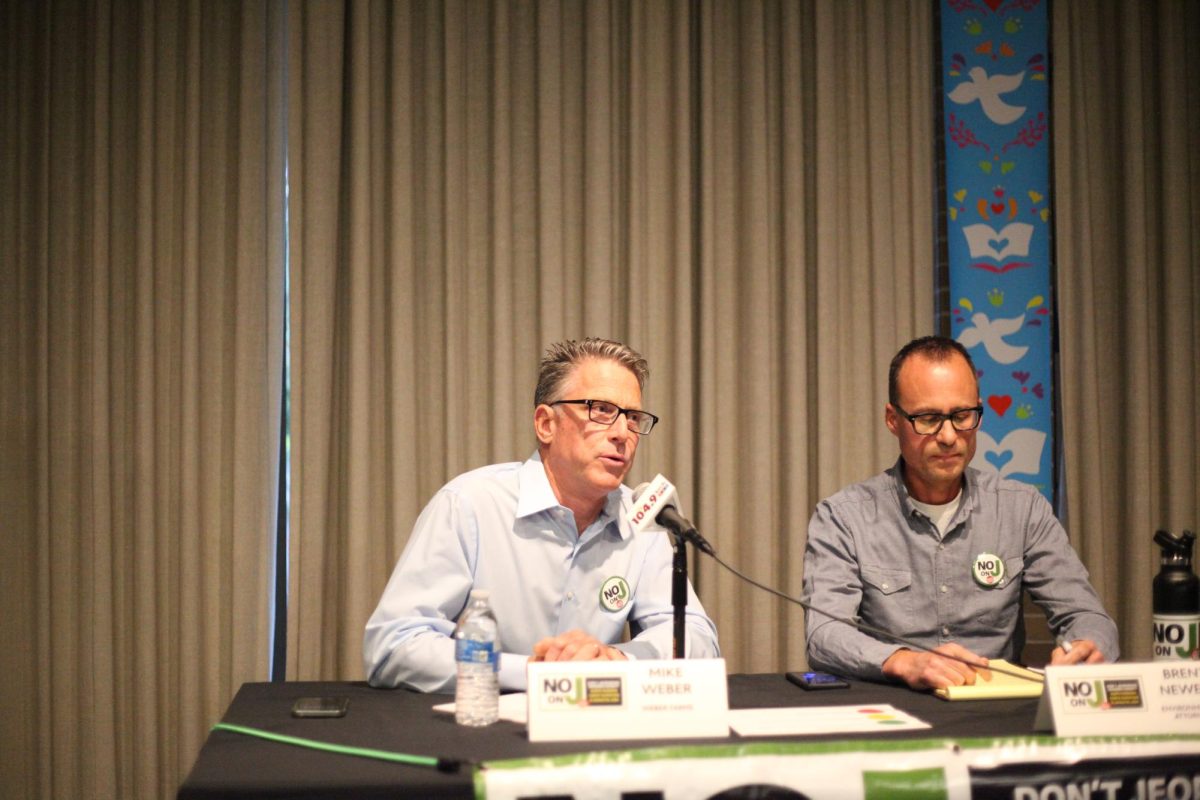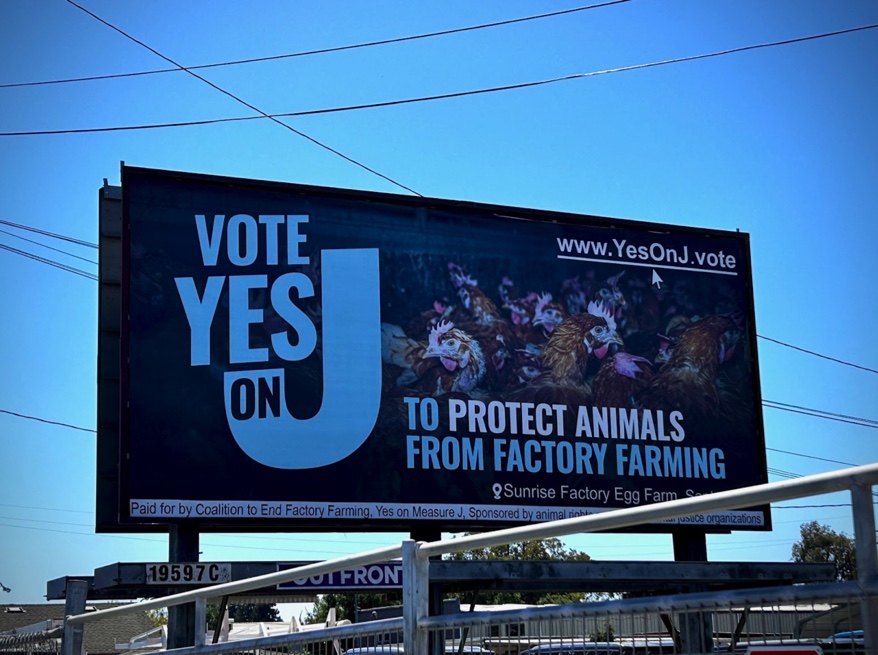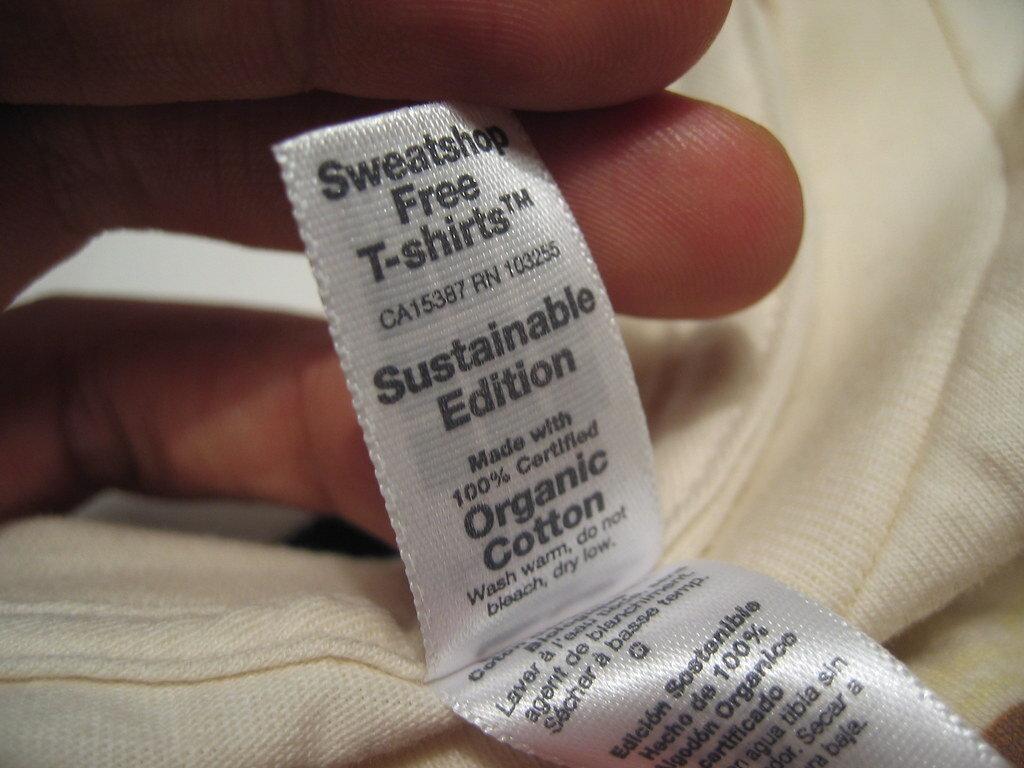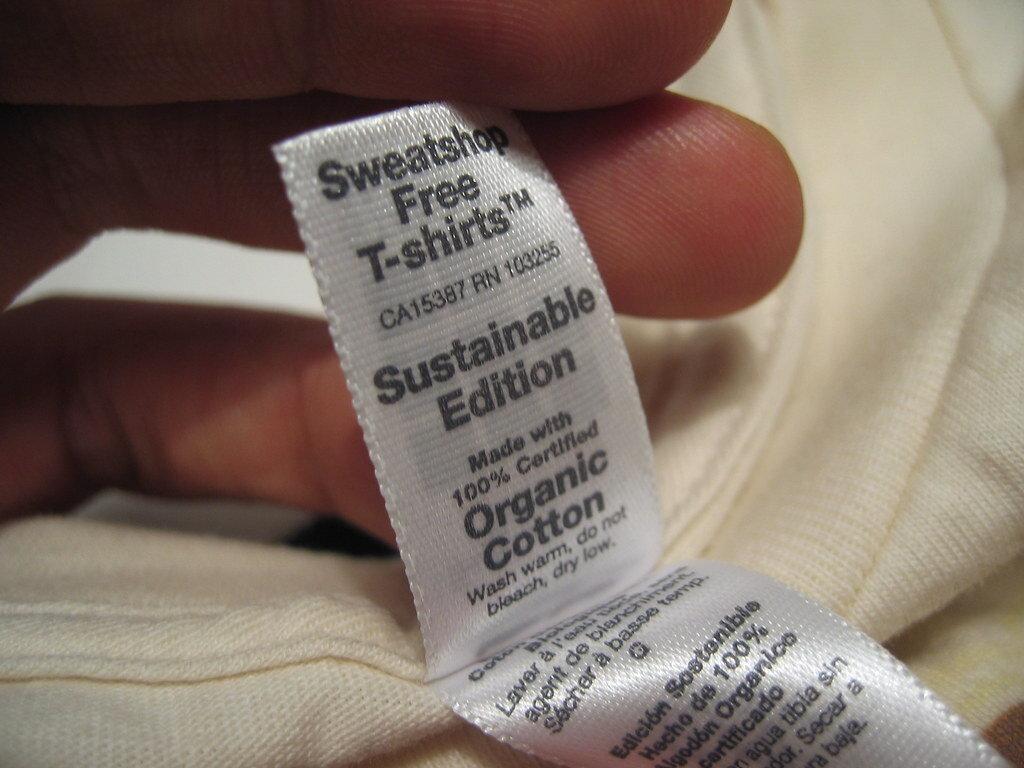The dictionary defines sustainability as “The quality of not being harmful to the environment, or depleting natural resources, and thereby supporting long-term ecological balance.” Sustainability can be applied to the type of foods one consumes, the clothes that one wears, and things commonly found in the bathroom and or kitchen. If it is a part of one’s lifestyle, chances are there is a way to do it sustainably.
COURTESY\// Scoobyfoo
A sustainable lifestyle can open the eyes to things that one mindlessly spends their hard-earned money on, which serve no actual purpose. However, let us unpack how one can become more sustainable, and why one might want to consider this as a potential new lifestyle.
The Earth is struggling to produce natural resources considering that we, the Human Race, is one that lives in excess. Everything that we do as consumers affects what happens to Earth in regards to climate change.
One of the main contributors we have on climate change by way of consumer culture comes from plastic. It is in nearly everything we buy, and it is detrimental to the Earth. In a National Geographic educational video, Angeli Gabriel states, “Most of today’s plastics are man-made, and derived from fossil fuels. Crude oil and natural gas are primary sources as they provide a cheap alternative to plastic made from plants.”
So, where to start? Well, aside from the obvious, use fewer plastic bags, drink from a reusable water bottle, reusable steel straws, et cetera; One of the most forgotten ways to reduce the plastic that we at times mindlessly consume comes from the clothes that we wear.
Most clothing companies are not entirely ethical or sustainable, considering their use of microplastics in their clothes. Why does this matter? Well, in the unfortunate position of being the bearer of bad news, the clothes in the closet are probably doing more damage than the straws.
According to Thomas Barrett of the Environmental Journal, “Each time an item of clothing is washed, up to 700,000 microscopic fibers make their way into our oceans, where they are swallowed by sea life.” He later specifies that the fashion industry alone produces approximately 1.2 billion tons of CO2, without considering the clothes that later make their way into landfills.
As a society, we must start being more conscientious consumers. Taking the extra step to see the kind of materials fashion brands use for their clothing and whether they package plastic-free is not a laborious task. Especially since sustainable fashion is on the rise (and the clothes are just as show-stopping). Countless new brands have become so incredibly creative with the clothes they produce, from making them out of recycled items or by using Earth-friendly materials completely.
Before buying that next cute top or cool pair of shoes, make sure to check the tags to see if it states if the materials were sustainably extracted and made into the garment. To take a step further, take the time to research if the company shares the same values as you and caters to the urgency to save our Earth.



































